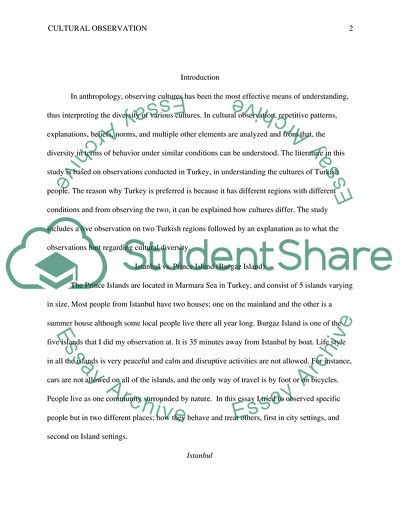Cite this document
(Cultural Observation Case Study Example | Topics and Well Written Essays - 1750 words, n.d.)
Cultural Observation Case Study Example | Topics and Well Written Essays - 1750 words. https://studentshare.org/anthropology/1834195-cultural-observation
Cultural Observation Case Study Example | Topics and Well Written Essays - 1750 words. https://studentshare.org/anthropology/1834195-cultural-observation
(Cultural Observation Case Study Example | Topics and Well Written Essays - 1750 Words)
Cultural Observation Case Study Example | Topics and Well Written Essays - 1750 Words. https://studentshare.org/anthropology/1834195-cultural-observation.
Cultural Observation Case Study Example | Topics and Well Written Essays - 1750 Words. https://studentshare.org/anthropology/1834195-cultural-observation.
“Cultural Observation Case Study Example | Topics and Well Written Essays - 1750 Words”. https://studentshare.org/anthropology/1834195-cultural-observation.


